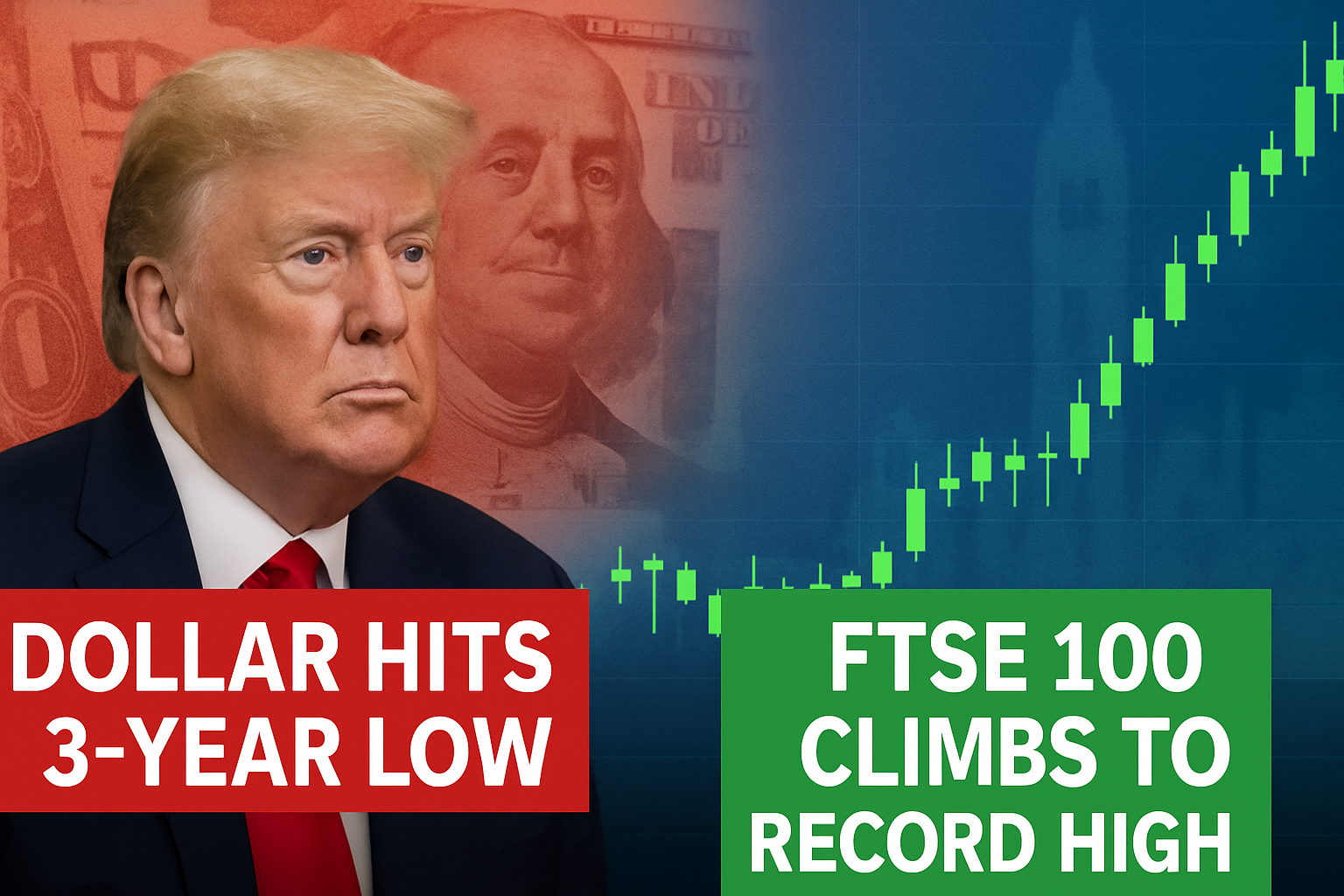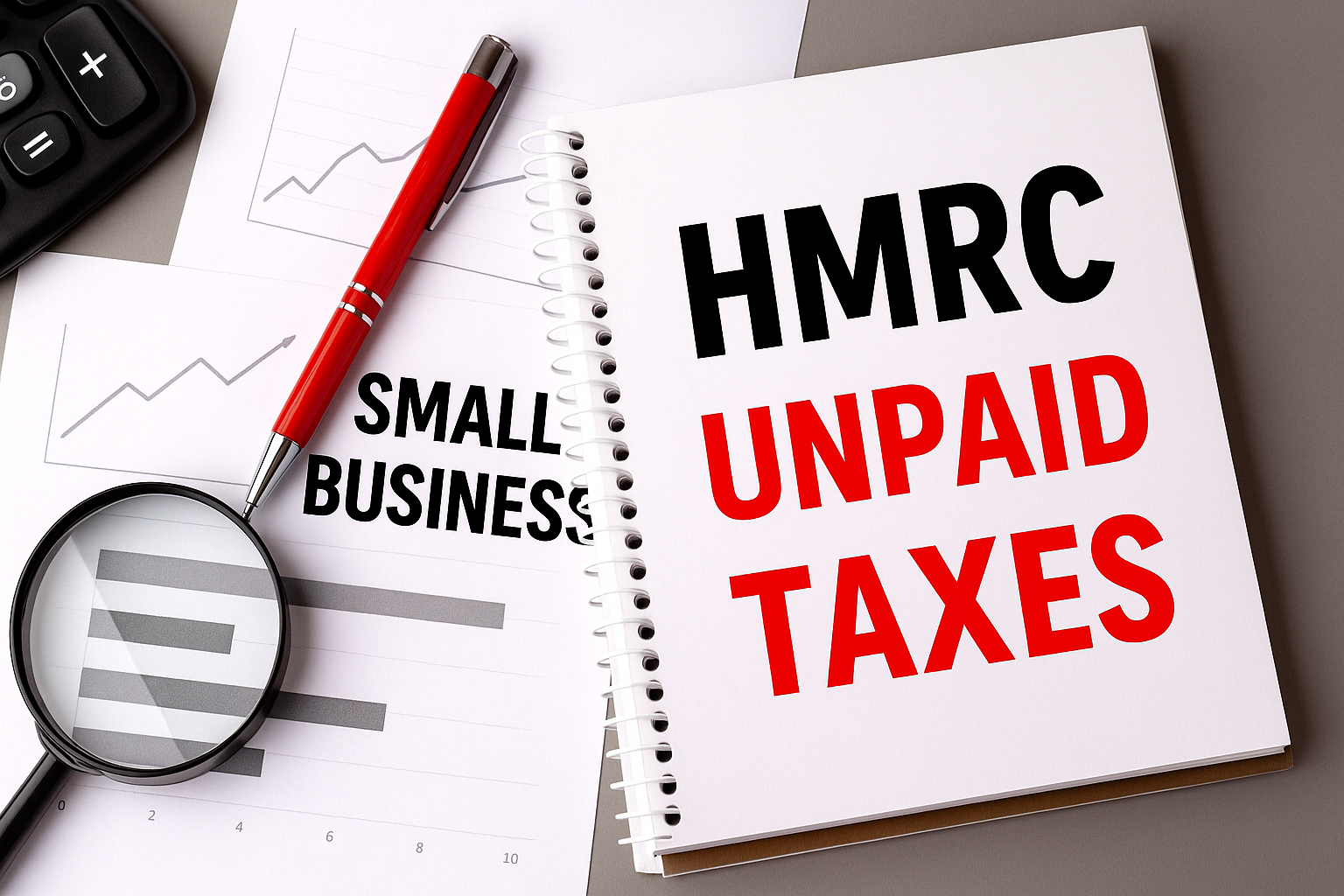Investors are losing faith in the US economy and its policies after Trump keeps threatening tariffs.

The dollar on Thursday, fell to its lowest level in more than three years, and the FTSE 100 hit a new high. This was because Donald Trump’s newest trade threats and the economy getting weaker seemed to make the Federal Reserve more likely to slash interest rates.
Foreign exchange dealers sold the dollar and bought the yen and euro instead. Both of these currencies went up by roughly 1% versus the US dollar, which means that the dollar is now worth almost 10% less than it was at the start of the year.
In London, the FTSE 100 closed at 8,884 points, up from the previous closing high of 8,871 points achieved on March 3rd of this year, as investors sought alternatives to US firm shares.
According to analysts, there was little desire to purchase dollars at a time when the US economy was expected to suffer due to unpredictable White House policies and recent data showing a worsening labour market.
Following the US president’s resuscitation of his threat last month to unilaterally implement country-specific tariff rates within the next two weeks, the decline occurred. Trump said at a Washington event on Wednesday, “We’re going to be sending letters out in about a week and a half, two weeks, to countries, telling them what the deal is.”
Growing rumours that the Fed may start lowering borrowing costs sooner than anticipated after consumer and producer inflation reports were less than anticipated further rattled markets.
After the four-week average number of initial applications for unemployment benefits increased by 5,000 to 240,250 in May, the most since August 2023, less hiring was another issue.
“There’s clearly solid dollar selling,” said Kit Juckes, the chief foreign exchange strategist at Société Générale.
“I think we have clearly seen a rotation in global equity markets as investors have for the first time in years questioned the TINATA – there is no alternative to America,” stated Neil Wilson, UK investor strategist at Saxo Markets, in response to the FTSE surge.
“Investors are turning their attention elsewhere, and discussions with clients frequently centre on geographic diversification and lowering exposure to the US.”
There have been rumours that Delhi may put tariffs on US products in retaliation if the talks fail. The US and India are reportedly at odds over Washington’s import restrictions on steel and aluminium as well as the possibility of import taxes on Indian pharmaceuticals.
According to Bloomberg, India’s negotiators have resisted a long list of US requests, including the relaxation of medical equipment price limits and the authorisation of the importation of genetically modified crops.
Following Trump’s announcement that he would implement the bilateral trade agreement he signed with Keir Starmer last month, which would allow the UK to avoid more auto import taxes in exchange for loosened limitations on US beef and ethanol shipments to the UK, the UK is anticipated to benefit from increased commerce.
Jonathan Reynolds, the UK trade secretary, said the US was expected to cut its tariffs on British cars “very soon” after “a very significant week” of talks.
However, worries that the UK economy was also suffering more than anticipated and that the demand for sterling would decline as a result of the Bank of England’s earlier intervention to lower interest rates choked off the pound’s rise against the dollar to nearly $1.36.
April saw a 0.3% decline in the UK economy, which may hasten the next rate decrease by the Bank of England. At their meeting next week, policymakers are unlikely to lower the borrowing cost from its current level of 4.25% until at least August.
According to Vasileios Gkionakis, a senior economist at Aviva Investors, the dollar has been steadily declining since Trump took office, most likely due to a lack of confidence that the US economy will expand at the remarkable rate it has in recent years.
He added another reason not to buy dollars was the growing US government debt, which Trump has said will increase when his tax measure is approved by both chambers of Congress.
“All of this is upsetting markets, who would need a combination of higher [interest rates] and a weaker exchange rate in order to lend to the US,” he stated.



One thought on “The dollar falls to its lowest level in three years, while the FTSE 100 achieves a new high.”